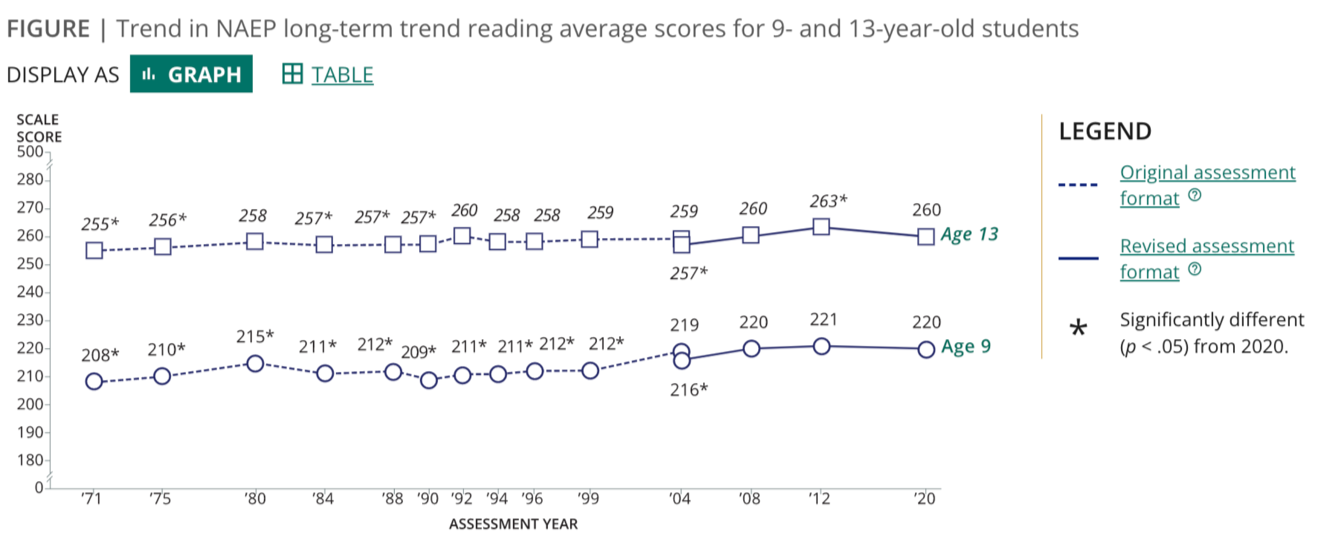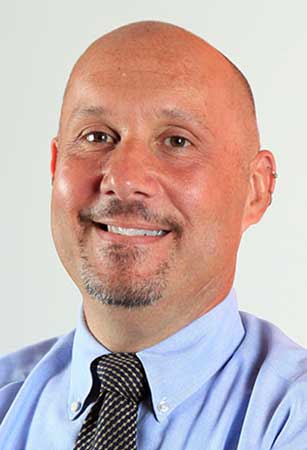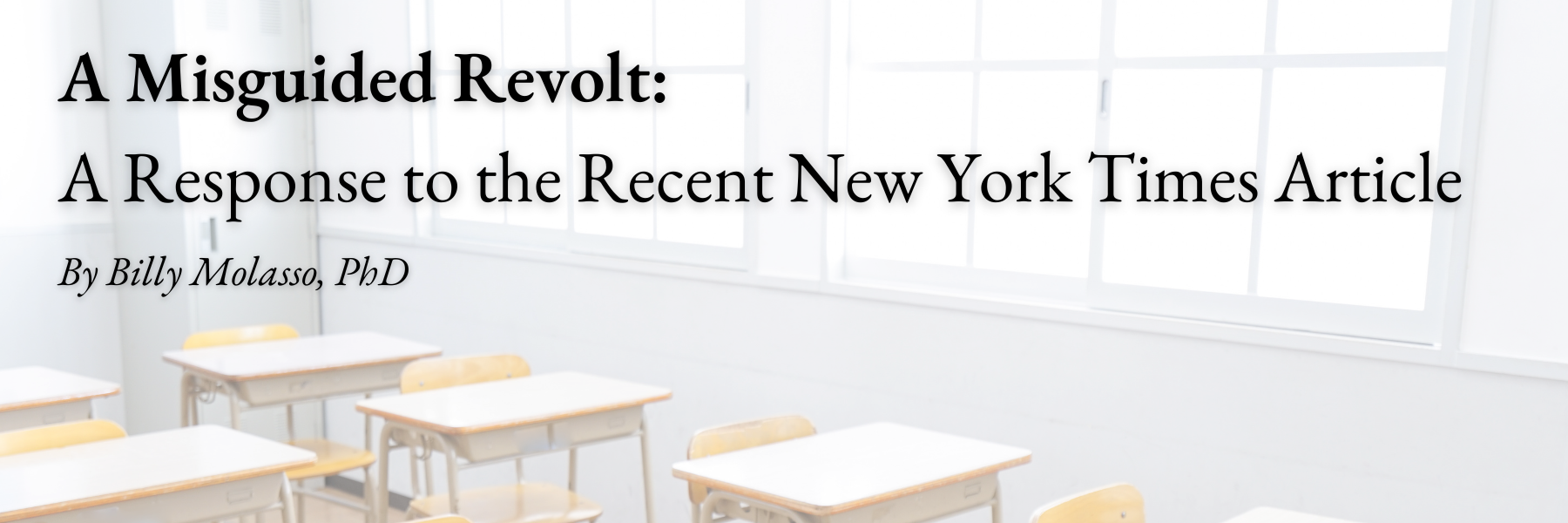BLOG
A Misguided Revolt: A Response to the Recent New York Times Article
By Billy Molasso, PhD
From the headline to the spurious points within, the latest teacher hit piece from the New York Times seems determined to oversimplify an extremely complex problem to the unfortunate detriment of struggling readers.
Apart from incorrectly conflating Whole Language and Balanced Literacy as the same thing (not at all), and using anecdote as fact, the author misses one very obvious point: There are no peer-reviewed research studies that show Structured Literacy, aka “science of reading,” is the best way for all children to learn to read.
No matter how much you push the “science of reading,” it’s not based on science at all. Far from being a settled science, how kids learn to read remains a hotly contested topic of conversation among researchers and educators, and peer-reviewed research largely favors Balanced Literacy.
The simple facts are these: All kids deserve the chance to learn to read, and no two kids acquire literacy in the exact same way.
But there is no single literacy program that works for every student, and there never will be. Some kids need a heavy dose of phonics. Some kids need help with comprehension. Some will need intensive one-on-one tutoring. So the real question is, “Who will be left behind with a restrictive switch to a single teaching method?” The only wrong way forward is trying to restrict which tools teachers can use to help them, lowering the bar for schools and underserving the readers who struggle most.
Looking at NAEP data, one can easily see that no matter which way the literacy pendulum has swung through history – toward Whole Language or Reading First’s Structured Systematic Phonics and back again – the results have remained essentially flat. Why then should districts spend millions to switch to a boxed program, when individualized instruction has a direct impact on our learners most in need? Flexibility is the key, and that’s something a scripted program can never provide.
 The only way forward is Balanced Literacy, the freedom for teachers to use both intensive phonics and other methods to reach all kids. And for those who continue to struggle, it’s essential to offer an intervention such as Reading Recovery that allows for one-on-one individualized intervention tailored to a struggling reader’s needs. Decades of research prove it is a valuable tool, including the U.S. Department of Education’s What Works Clearinghouse.
The only way forward is Balanced Literacy, the freedom for teachers to use both intensive phonics and other methods to reach all kids. And for those who continue to struggle, it’s essential to offer an intervention such as Reading Recovery that allows for one-on-one individualized intervention tailored to a struggling reader’s needs. Decades of research prove it is a valuable tool, including the U.S. Department of Education’s What Works Clearinghouse.
Don’t lower the bar for schools! Teachers must be permitted to keep every tool available for the child who may need it most.

Dr. Billy Molasso is the Executive Director of the Reading Recovery Council of North America.
THE JOURNAL OF READING RECOVERY
Spring 2025
OPEN ACCESS: Centering Children and Working Towards Equity: Teaching All Children to Read by Catherine Compton-Lilly
Literacy Leadership in Support of Equity: Whatever It Takes by Allison Briceño
Exploring the Purposes, Power, and Potential of Familiar Reading by Jamie Lipp
Full Circle: From Student to Psychologist by Joyce Romano




